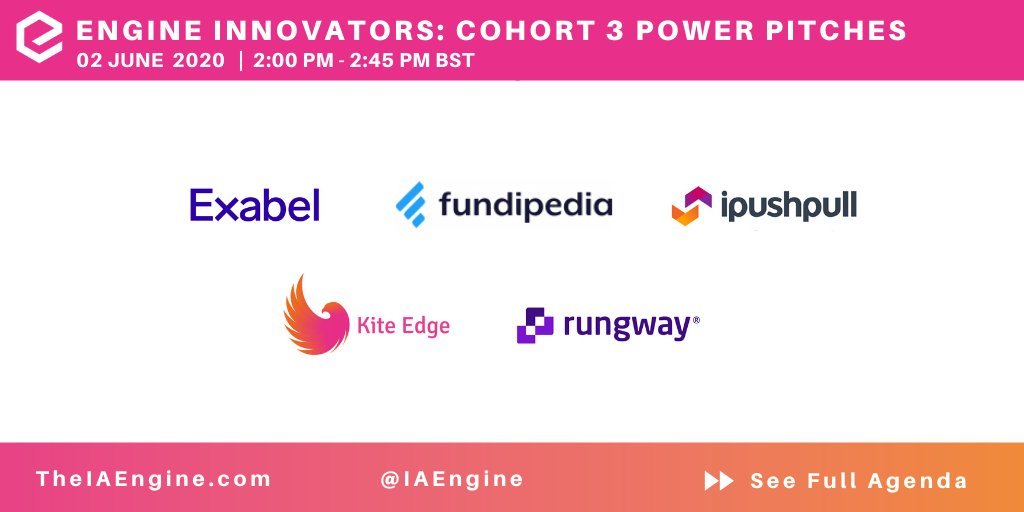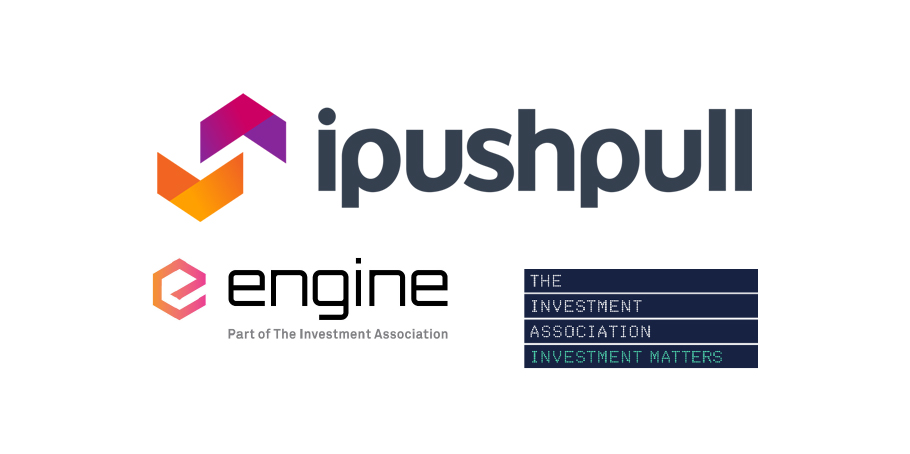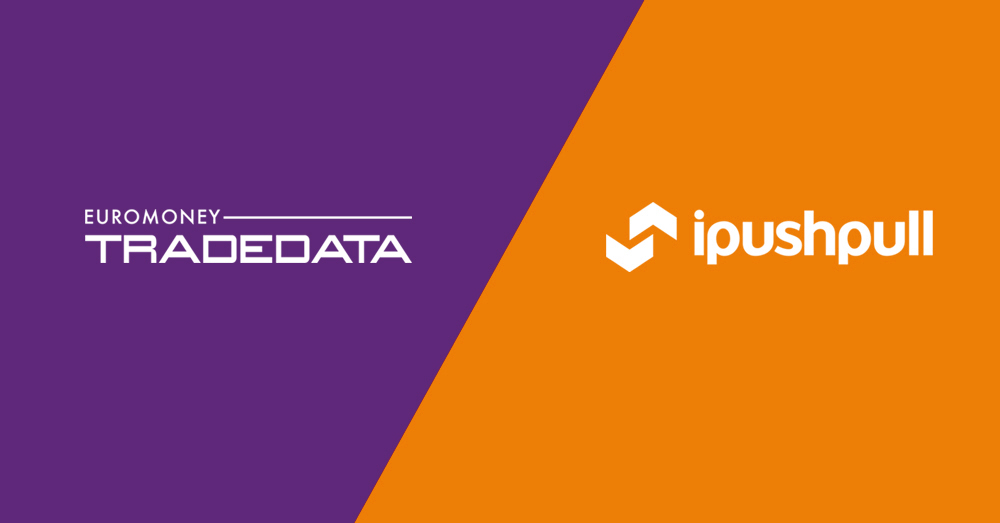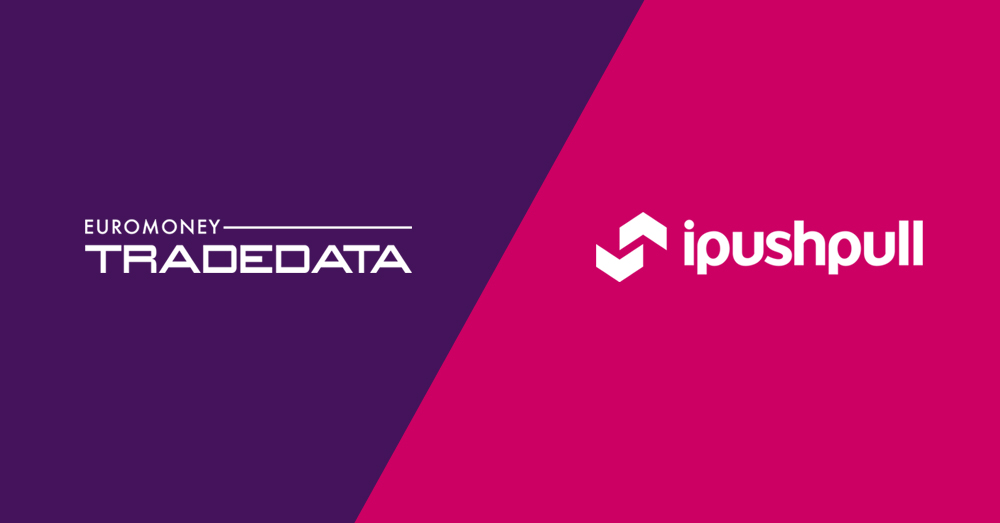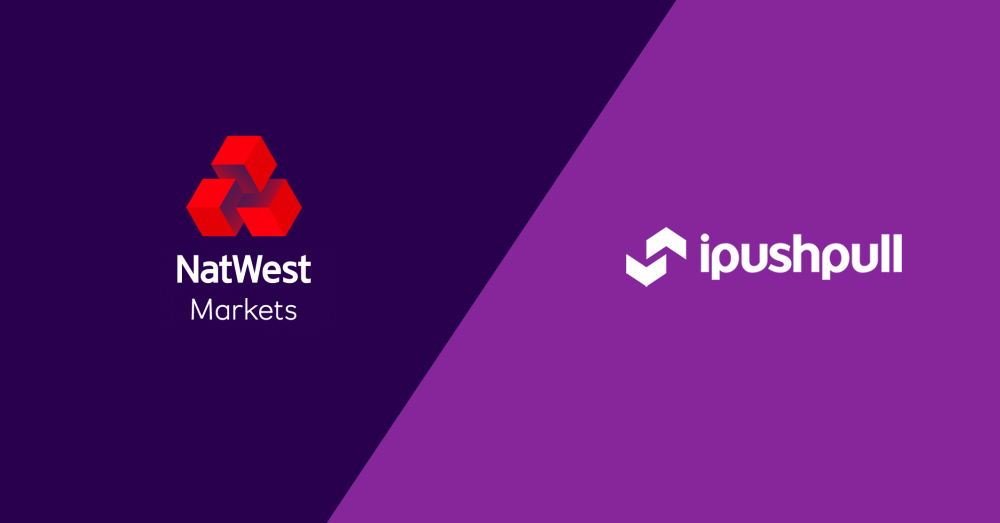.
Streamlining workflow for sales and trading desks
Although some areas within capital markets benefit from the efficiencies of electronic trading, the more complex and less liquid instruments still involve a great deal of manual, unstructured pre-trade activity. This creates friction (summarised in this SIFMA report), which is bad for client services, increases costs for both the buy side and the sell side, hampers liquidity and creates unnecessary operational risk, which arguably feeds into systemic risk at an industry level.
Can these issues be addressed by bringing more standardisation and automation to the market, particularly around pre-trade client workflows?
This was the topic of an online panel discussion hosted by The Realization Group and ipushpull on Tuesday 17th November, 2020. The webinar was led by Clive Posselt of The Realization Group, and featured Andy Mosson, Head of Strategic Partnerships, FICC eCommerce Sales, J.P. Morgan; Ayaz Haji, Head of Enterprise Reference Data, Goldman Sachs; Richard Turner, Senior Trader, Insight Investment; Craig Butterworth, Global Head of Sales & Account Management, Symphony; Andy Ross, CEO, CurveGlobal; Chris Scott, Senior Product Manager, TP-ICAP; and Matthew Cheung, CEO, ipushpull.
.
Spreadsheets on the trading floor
There are many inefficiencies resulting from over-reliance on manual processes and the continued use of e-mail, spreadsheets and copy & paste in pre-trade, particularly for non-standardised instruments traded bi-laterally via voice or chat. These manual processes are not only slow and cumbersome, they are also inherently risky and do not add much value from a trading perspective.
Messaging standards such as FIX and FpML can work well for simple products traded on electronic markets. But for more complex instruments, the various parameters of the trade are often not easily expressed in a machine-readable and understandable way.
And the inefficiencies persist across the entire pre-trade lifecycle for both the buy-side and the sell-side, impacting price discovery, negotiation, execution and booking of trades.
Spreadsheets are the common standard denominator and remain ubiquitous on the trading desk, because a) they serve a useful purpose and b) they can be quickly deployed. Firms that are constrained in their development resources have to be very selective about where those resources are assigned, and it is generally much quicker and easier for someone with business subject matter expertise to solve a problem by creating an Excel spreadsheet than to wait for a solution to be developed in-house. The issue with such spreadsheets and workarounds however, is that they are not standardised and they do not scale.
.
Towards a standardised approach
There is no shortage of potential solutions designed to help automate pre-trade workflow, both from established vendors and newer fintechs. However, the problem with many of these is that although they provide incrementally better tooling, they are still point solutions. The wider mission is to cohesively bring together some of these tools to leverage a common secure and compliant collaboration platform, to create standardisation at an industry level, where the buy side, sell side, exchanges, clearing houses, vendors and service providers all benefit from the network effect.
FIX is a good example of a well-governed, well-accepted protocol that has been widely used across the industry for some time. More recently, bodies like FINOS are creating standards for desktop workflow, enabling standardised tools that previously might have taken years to build, to be deployed in weeks or months. There are also situations where firms just get together and create what becomes a de-facto standard.
As these standards improve and become more widely adopted, they enable greater workflow automation. Fintechs, utilising tools like data mapping, allow firms to create a data-led approach and a more efficient client-focused process, thus providing the ability for firms to interoperate between all of these different types of standards and approaches, so that they can communicate seamlessly.
Financial institutions can leverage this technology to drive efficiency with the least amount of disruption to workflow, improving their speed to market and building and deploying bespoke solutions that no one else has, thus creating competitive advantage.
.
Impact of COVID-19
The onset of COVID-19 and the resulting increase in remote flexible working has certainly accelerated digitalisation initiatives. Anecdotally, there has been more digital transformation in the past eight months than in the last eight years. Long held biases against working from home have been disproved by necessity and highlighted the need for firms to have a coherent omni-channel strategy.
In this current environment, end users need to be able to seamlessly switch between multiple different communication channels as it suits them, by having device and data interoperability. But with the financial services industry being so heavily regulated, the challenge is enabling that whilst still maintaining the strictest levels of compliance and security.
The goal therefore, is to be able to take communication that historically might have been siloed or non-compliant, and funnel it through a more comprehensive, standardised platform that addresses those shortcomings, and at the same time meshes them into a broader workflow digitalisation strategy.
The rapid transformation we have seen due to COVID, converging with a thriving capital markets fintech ecosystem, has led to an increased demand for solutions that can unbundle the legacy data – spreadsheets, emails, file share, voice, and chat – and rebundle it together with the tasks that were spread across different applications, into new structured workflows.
.
Future State of pre-trade workflow
The future state of pre-trade technology is a world where instead of having highly paid professionals doing robotic tasks, we can instead combine the human and the machine conversations, the messages and the data, eliminate manual processes and improve efficiency by creating and adopting standardisation.
The ultimate goal for most technology providers is to free up traders and sales people to do the things that only humans can do, i.e. discuss the markets, give opinion, and create value, using new, live, collaborative, interoperating tools.
The industry now needs to address its legacy silos and re-engineer its manual pre-trade processes, with a mindset of delivering an improved experience, better internal efficiency and, at the same time, a significant reduction in operational risk.
.
On-demand Webinar & Report: Digitisation of Pre-trade Client Workflows
Learn how J.P. Morgan, Goldman Sachs, Insight Investment and TP-ICAP are approaching the digitisation of pre-trade client workflows.
Understand how market infrastructure providers like CurveGlobal, Symphony and ipushpull are facilitating this by improving price discovery and building liquidity through standardisation, automation and live data.
.




